Secrets of Low-Maintenance High-Impact Garden Designs
 Lee Burkhill: Award Winning Designer & BBC 1's Garden Rescue Presenters Official Blog
Lee Burkhill: Award Winning Designer & BBC 1's Garden Rescue Presenters Official Blog

Are you dreaming of a stunning garden that doesn't require endless hours of toil and trouble? You're not alone! Many garden enthusiasts are embracing the concept of low-maintenance, high-impact garden designs. (Though most guides for a low-maintenance garden only show boring, shrub-heavy gardens that are less than inspiring for homeowners). I will spill the secrets of a low-maintenance yet high-impact garden with you in this guide!
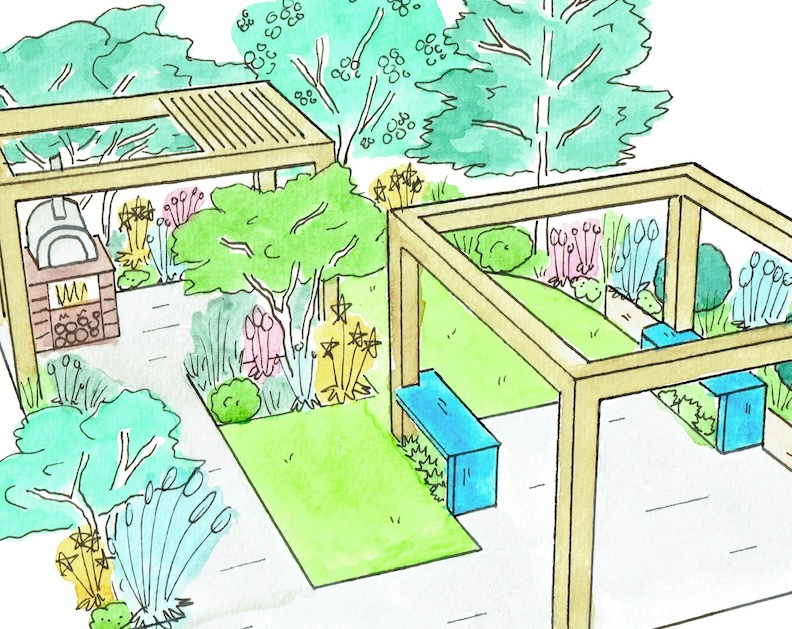
These high-impact gardens offer beauty, tranquillity, and a place to escape without demanding an all-consuming commitment. In this blog post, we'll unveil the secrets to creating a garden that looks incredible but won't leave you exhausted. Let's dive into the world of high-impact garden design with minimal maintenance.
This page contains affiliate links for products I use and love. If you take action (i.e. subscribe, make a purchase) after clicking a link, I may earn some gardening commission, which helps me keep the Garden Ninja Blog free for all.
Choosing the right plants is the first step in crafting a low-maintenance, high-impact garden. This is achieved with perennial plants that come back year after year and offer a long period of interest.
You're looking for perennial plants that have:
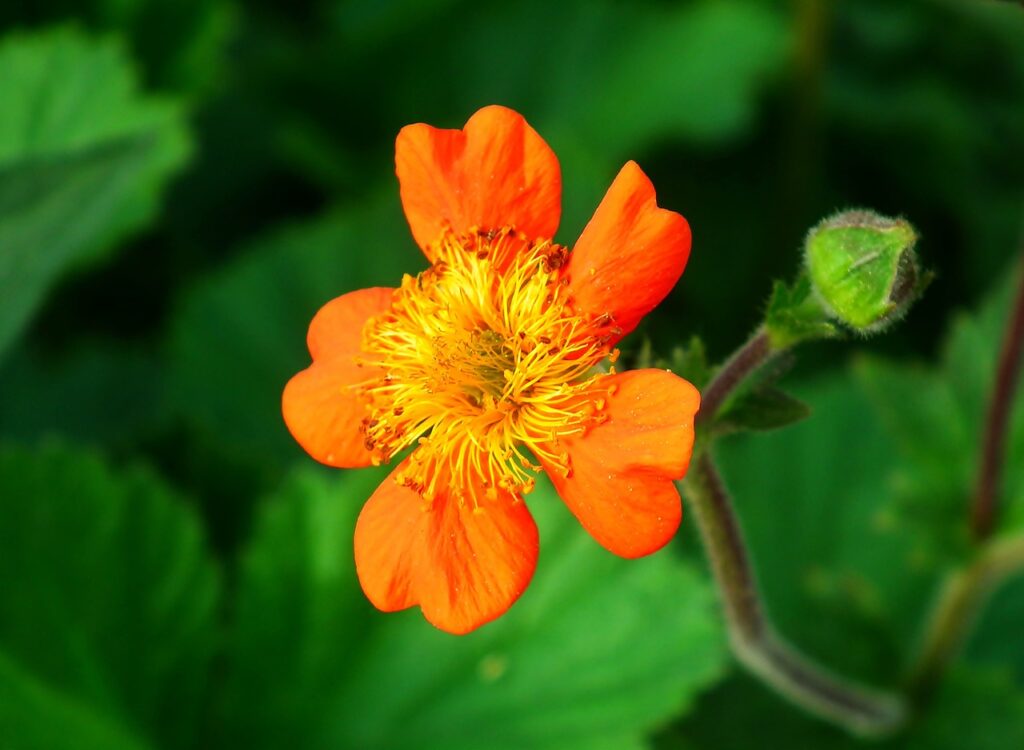
Opt for native or drought-tolerant species that are well-suited to your local climate and soil conditions. These plants have evolved to thrive in your area, which means they require less water, fertilization, and care overall.
Choosing plants that are naturally suited to your region reduces the need for extensive maintenance, and it also means that wildlife is used to forage on these plants. The honey bees and insects know how to get to the pollen and nectar. It's less of a risk for a gardener, and you know that these plants will do well in your area.
An excellent way to find out what will thrive in your garden is to take a peek at neighbouring gardens. What flowers the longest? Are there plants you frequently see in local gardens that always do well? Take some pictures or make some notes to include these in your garden potentially!
Did you know that you can take my course and learn how to become a Garden Ninja yourself? Click here for details
Proper spacing is crucial for a low-maintenance garden. Many gardeners pack their gardens full of plants so that they look full straight away. This may be the fault of garden makeover shows!
The main issues with overplanting a garden are:
Overcrowding can increase competition for plant resources, such as sunlight, water, and nutrients. This can result in stunted growth and an increased risk of disease. Ensure you follow the recommended spacing guidelines for each plant, and consider the plants' mature size when arranging them in your garden. Adequate spacing allows for healthy growth, good air circulation, and less maintenance in the long run.
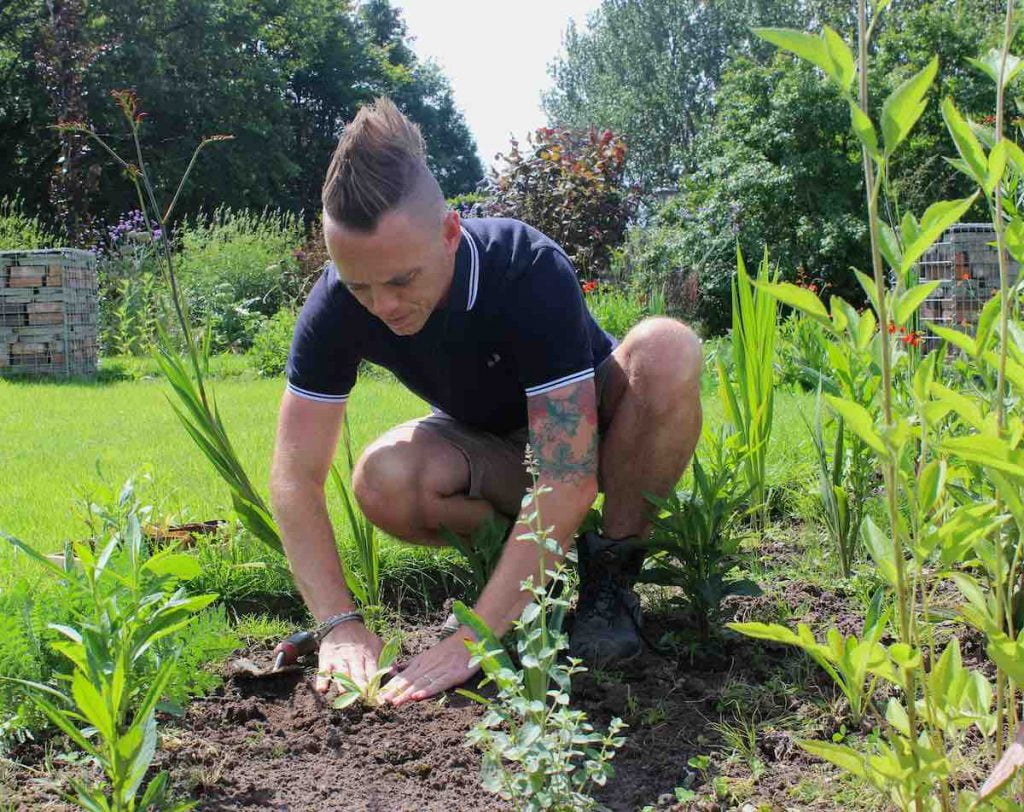
Always find out the ultimate height and spread of any plants you're putting in and space them accordingly.
Hardscaping elements like pathways, patios, and retaining walls add structure and elegance to your garden and reduce the amount of green space that requires maintenance. These relatively low-maintenance features can help define different areas of your garden, creating a sense of order and design.
If you don't have the time for a lawn or mowing it, then why not remove it altogether and have a patio or seating area there instead, surrounded by deep, lush borders? Look at my design below, using gravel, a rendered raised bed and a patio to keep maintenance to a minimum. It's still full of plants for interest but far lower maintenance!
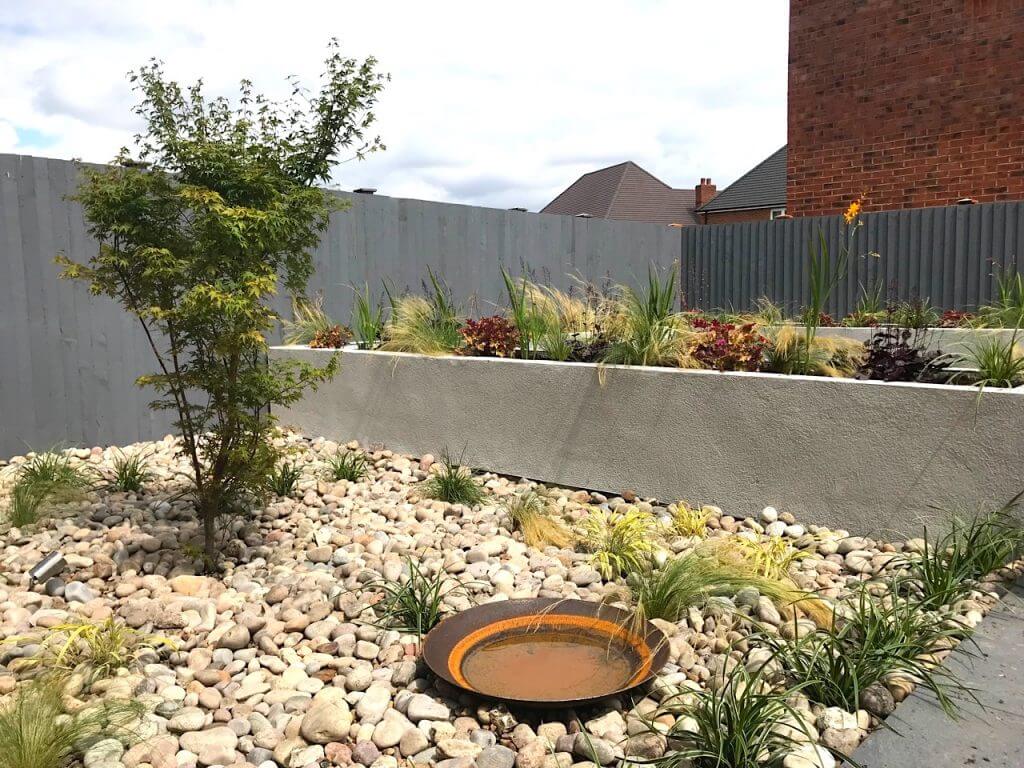
Hard landscaping can also add year-round structure to the garden so that even in the winter months, something is holding the design together. In comparison, a garden with only a lawn and skinny flower beds can soon look barren and messy in the winter.
Hard landscaping offers low maintenance because:
Perennials are the backbone of low-maintenance gardens. These hardy plants return year after year without the need for replanting and often bulk up in the first 2-3 years, filling out in the garden. They offer a reliable source of colour and beauty, so you won't have to dedicate time and effort to seasonal planting using annual plants that only live one year.
Herbaceous perennials also offer:
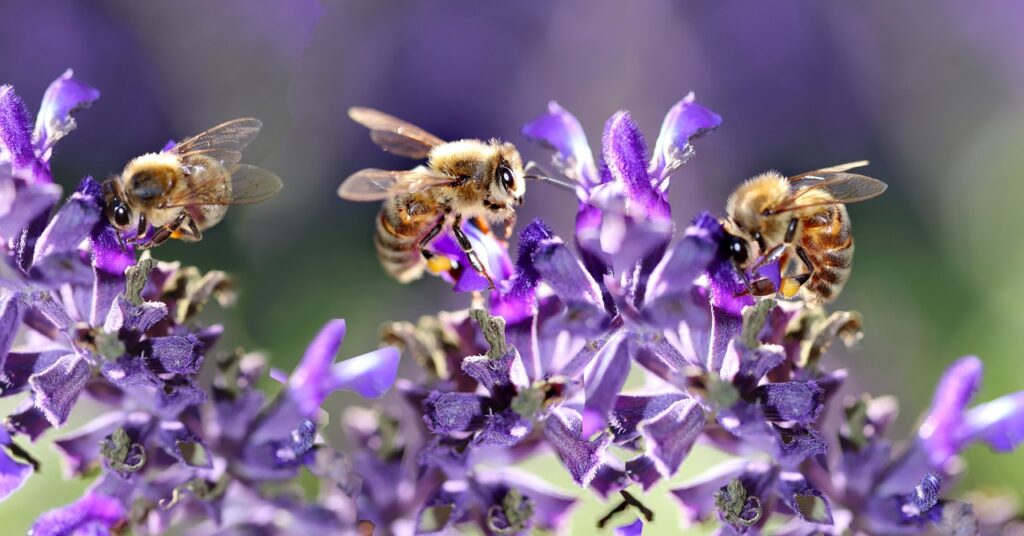
Select a mix of perennials that bloom in different seasons to ensure continuous visual interest and a thriving garden. This is also known as succession planting, where you plan your garden to have flowers that flower each month of the summer throughout the garden. So, as one finishes flowering another one takes over.
If you want to find 15 slug proof herbaceous perennials, the video below shows you what to pick for a low-maintenance garden.
Evergreen plants ensure that your garden maintains colour and visual interest, even during winter when deciduous trees and shrubs have shed their leaves. This year-round beauty is especially valuable in regions with cold winters, where gardens can otherwise appear barren and dull. These forms, whether shrubs or trees, will act as punctuation in the garden, bridging the gap between herbaceous perennials, fences, structures or paths.
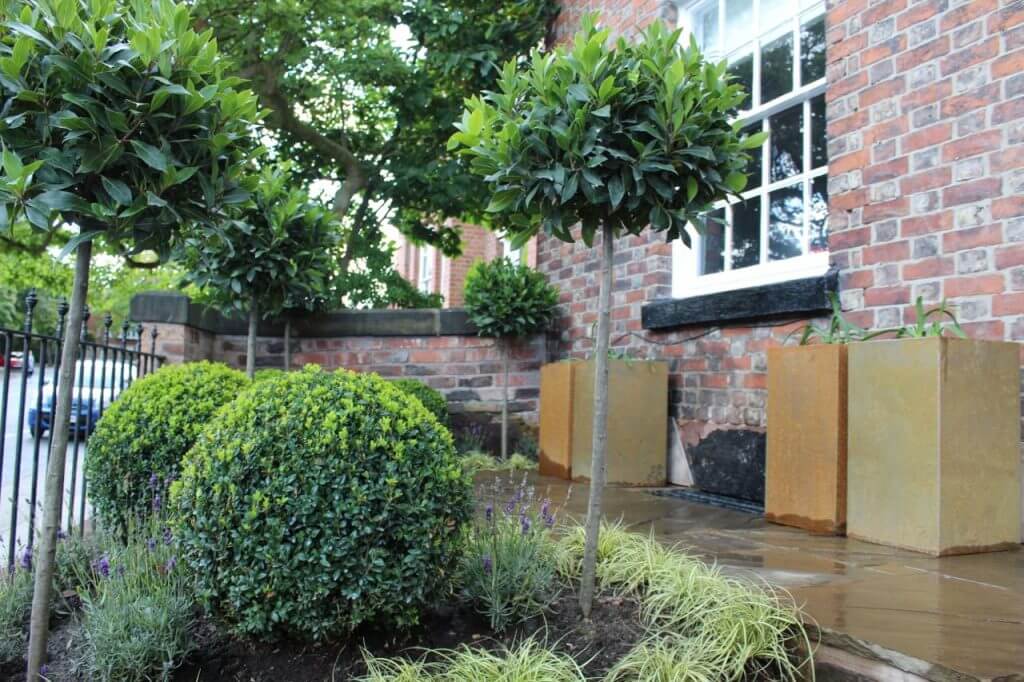
Evergreen shrubs and trees keep a garden low maintenance because:
Evergreen trees and shrubs offer shelter and nesting sites for birds and other wildlife. They contribute to the biodiversity of your garden by attracting various species, which can enhance your overall gardening experience.
Many evergreen plants are super low-maintenance, other than a clip or prune once or twice a year. They require less pruning and cleanup than deciduous plants that shed leaves in the autumn or need pruning three or four times a year in comparison. This can save you time and effort in garden maintenance.
Mulch is a gardener's ally in the battle against weeds and the struggle to conserve moisture. A layer of organic mulch, such as peat free compost, wood chips or shredded bark, helps to suppress weeds by blocking sunlight and creating a physical barrier. It also reduces water evaporation from the soil, so you'll spend less time watering. As the mulch decomposes over time, it enriches the soil with organic matter, improving its quality.
Mulching reduces maintenance by:
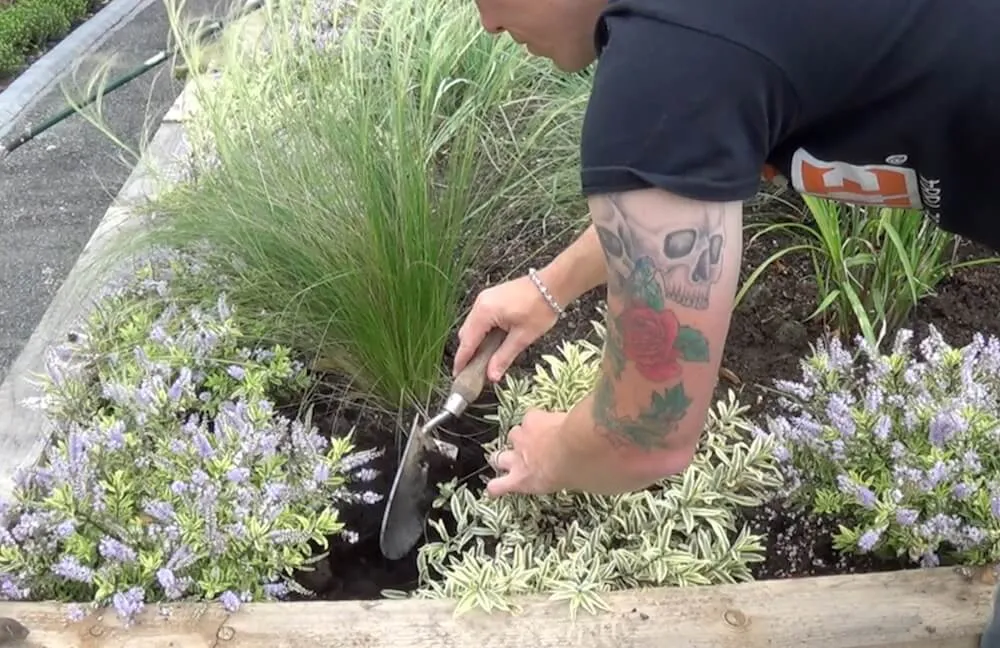
Minimalist garden design not only provides an elegant and contemporary look but also reduces the need for intricate designs and complicated maintenance tasks. Simple lines, geometric shapes, and a restrained colour palette are hallmarks of minimalist garden design. This approach keeps the garden uncluttered, making it easier to maintain and enjoy without being overwhelmed by complex layouts and features.
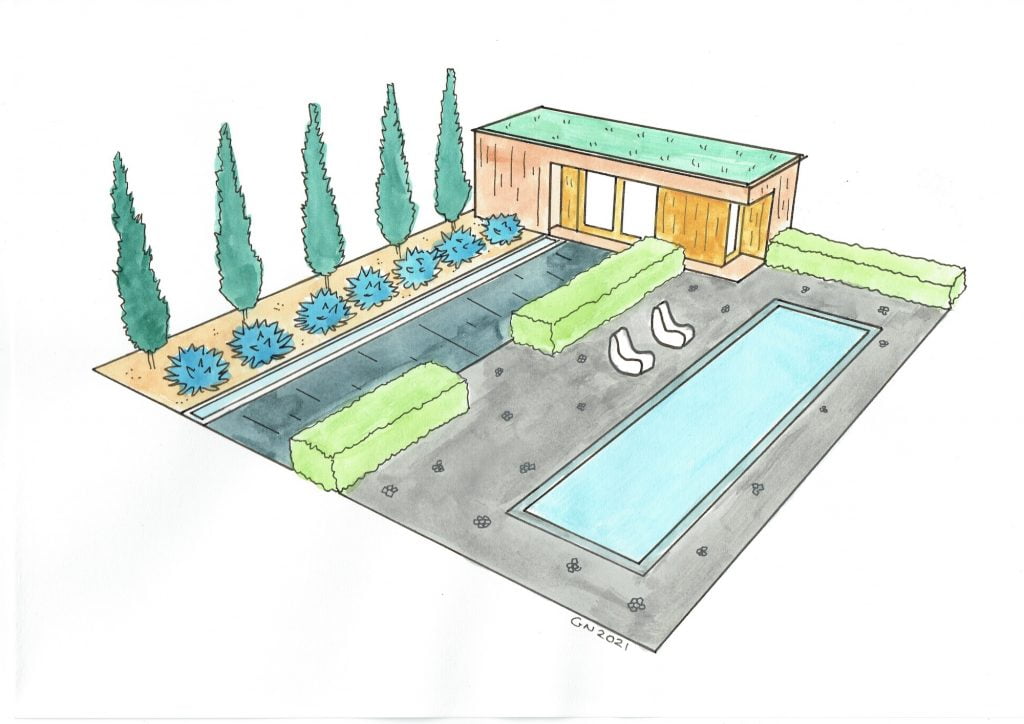
By doing a few things well in garden design, we can keep the look of the garden cleaner and also reduce maintenance. I always advise clients, even in small gardens, to go big with a few key features rather than lots of smaller ones. It makes the garden feel bigger and have more impact.
Minimalist garden design is achieved by:
High-quality organic soil is the foundation of a thriving, low-maintenance garden. By treating soil like you would your prize roses or plants, you can drastically reduce the amount of garden maintenance by reducing the need to water and feed your garden. The good news is it's really simple to achieve!
Good quality soil includes:
Incorporate organic matter and compost into your soil to enhance its fertility, structure, and water-holding capacity. Healthy soil results in healthier, more resilient plants that are better equipped to withstand environmental stressors.
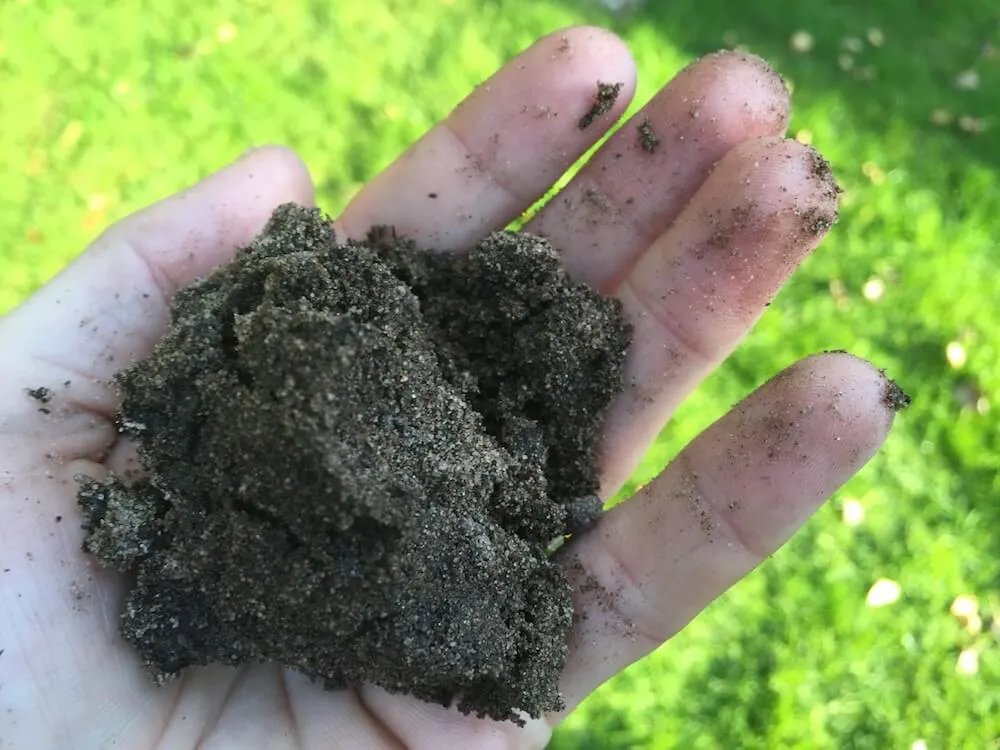
By applying a no-dig method other than to get the plants in, the soil will look after itself. All it needs is a yearly mulch of quality organic matter, and you can let the earthworms, bacteria and other soil life work it into the soil structure. Opening up the soil, making it more moisture-retentive and less fudgy to plant into.
Regular pruning and deadheading (removing spent flowers) are simple yet highly effective tasks in maintaining your garden's visual appeal. Deadheading encourages new blooms and keeps the garden looking fresh as it focuses the energy back into new flowers rather than the plant-producing seeds.
Pruning controls plant size and shape while removing dead or diseased growth. When done routinely, these tasks are quick and easy, preventing the need for major, time-consuming garden overhauls. It's always better to prune in winter for most plants to ensure that you keep them in good shape. Winter pruning also means you can see the structure of the plant and where to make the necessary cuts.
Consider installing a drip irrigation system or soaker hoses to water your garden efficiently. These systems deliver water directly to the root zone of your plants, reducing water wastage and minimizing manual watering. Automation ensures your garden receives the right amount of moisture consistently, taking the guesswork out of irrigation and saving you time and effort.
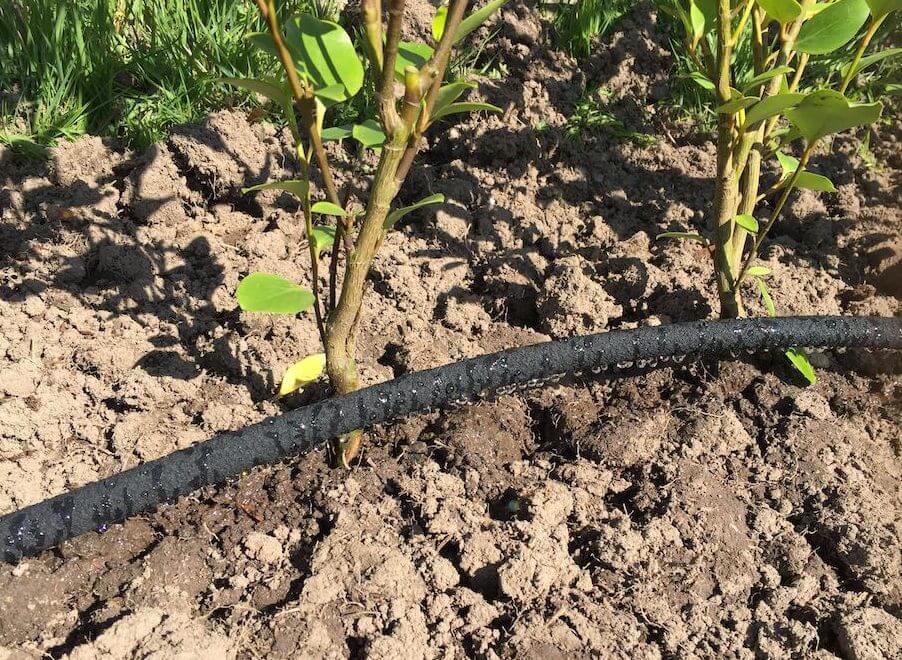
It means you can spend less time out watering and more time enjoying the garden. For most gardens, outside hot countries or arid places, you only need irrigation for the first year or two until things become established.
Garden Irrigation tips:
Creating a maintenance schedule is essential for staying on top of garden care. This schedule should include regular tasks such as lawn cutting, mulching, weeding, and pruning. Regular, smaller efforts are easier to manage than sporadic, overwhelming garden overhauls. A well-planned schedule keeps your garden looking its best year-round with less stress. It's better to do an hour of gardening a week than a full day once a month or an entire weekend every few months.
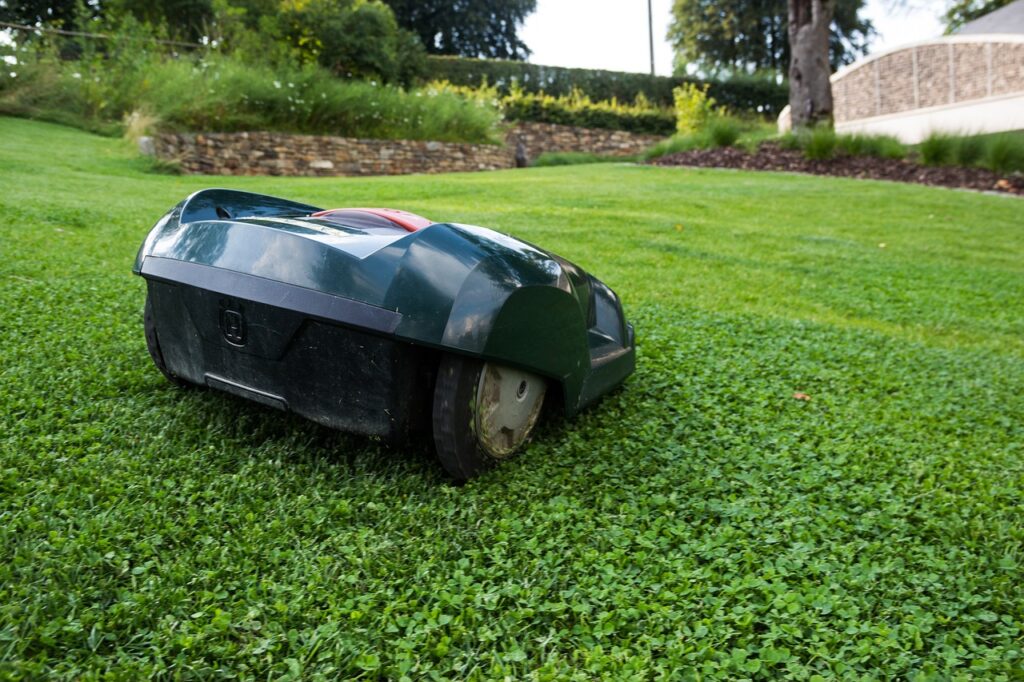
By understanding which parts of the garden need the most maintenance, you can focus on them and allow other areas to naturally do their thing! Divide and conquer Garden Ninjas!
Maintenance tips:
Pest and disease management is a crucial part of low-maintenance gardening. Implement an integrated pest management (IPM) strategy to address issues promptly and effectively. Regular inspections and the encouragement of natural predators, like ladybugs for aphids, by planting companion plants can help you avoid major infestations that require you to spray or treat plants.
Ladybirds are attracted to a variety of flowering plants, especially those with open, umbrella-shaped flowers (umbellifers) like dill, fennel, and yarrow. Herbs like cilantro, parsley, and oregano also provide nectar and pollen for these insects and by providing a habitat such as a bug hotel or pile of logs, you can encourage these beneficial insects to the garden!
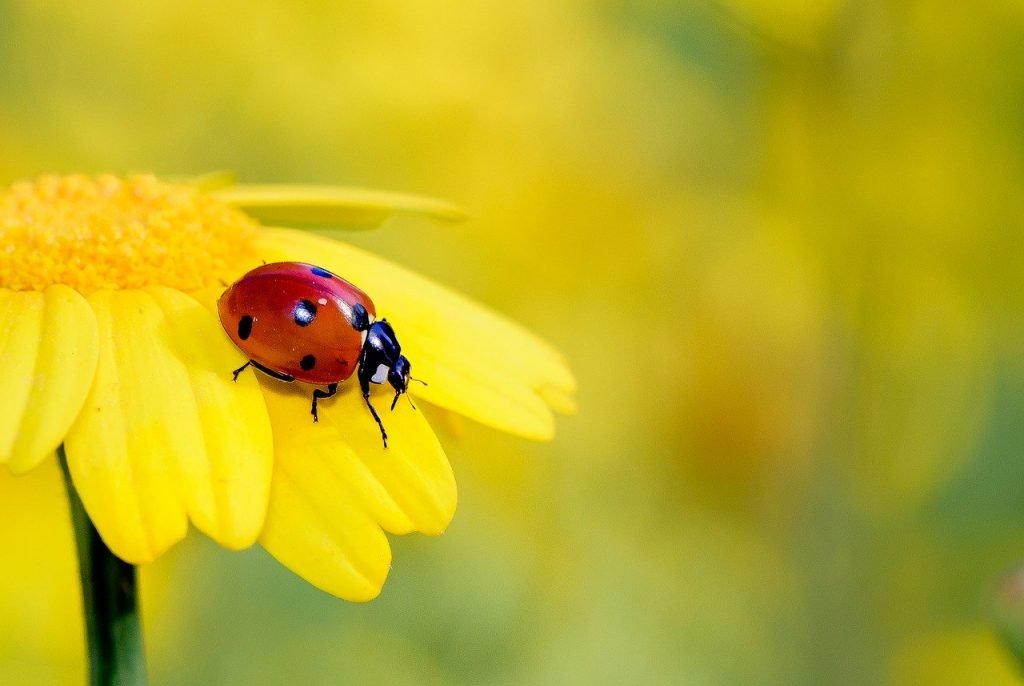
Keep your garden pest and disease-free by:
These disease and pest-resistant plant cultivars and species are equipped with natural defence mechanisms that allow them to fend off or withstand common diseases. These resilient varieties, often the result of selective breeding or evolution, offer numerous benefits to gardeners and landscapers.
By nature, disease-resistant plants possess inherent traits that enable them to combat pathogens. These traits may include the production of secondary metabolites, physical barriers, or specific genes that enhance their resistance. While they're not entirely immune, they exhibit significantly lower susceptibility to diseases, often experiencing milder symptoms or no infection at all.
The advantages of disease-resistant trees and plants are multifaceted. They reduce the need for chemical interventions, contributing to environmentally friendly and sustainable gardening practices. Less reliance on pesticides and fungicides results in a healthier ecosystem and cost savings for gardeners. These hardy plants also demand lower maintenance, freeing up time for gardeners to enjoy their green spaces. So for a low maintenance garden a disease or pest resilient group of plants can remove huge amounts of worry and save you time!
With these secrets of low-maintenance high-impact garden designs, you can create a garden that dazzles the eye and soothes the soul without becoming a source of stress. Embrace the beauty of simplicity, plan wisely, and enjoy the rewards of a garden that provides solace and pleasure rather than endless chores. Gardening should be a joy, not a burden, and with these strategies, your garden can be a source of delight year after year.
Make sure you visit my Youtube channel, for more gardening guides. You can also check out my Tweet, Facebook or Instagram for more garden help and tips.
Happy gardening!



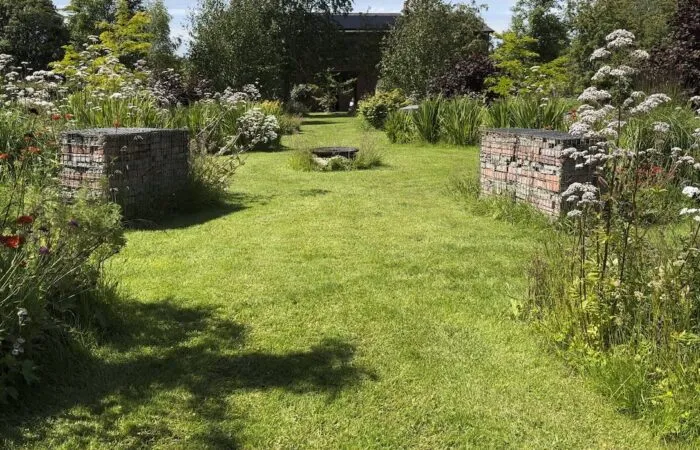
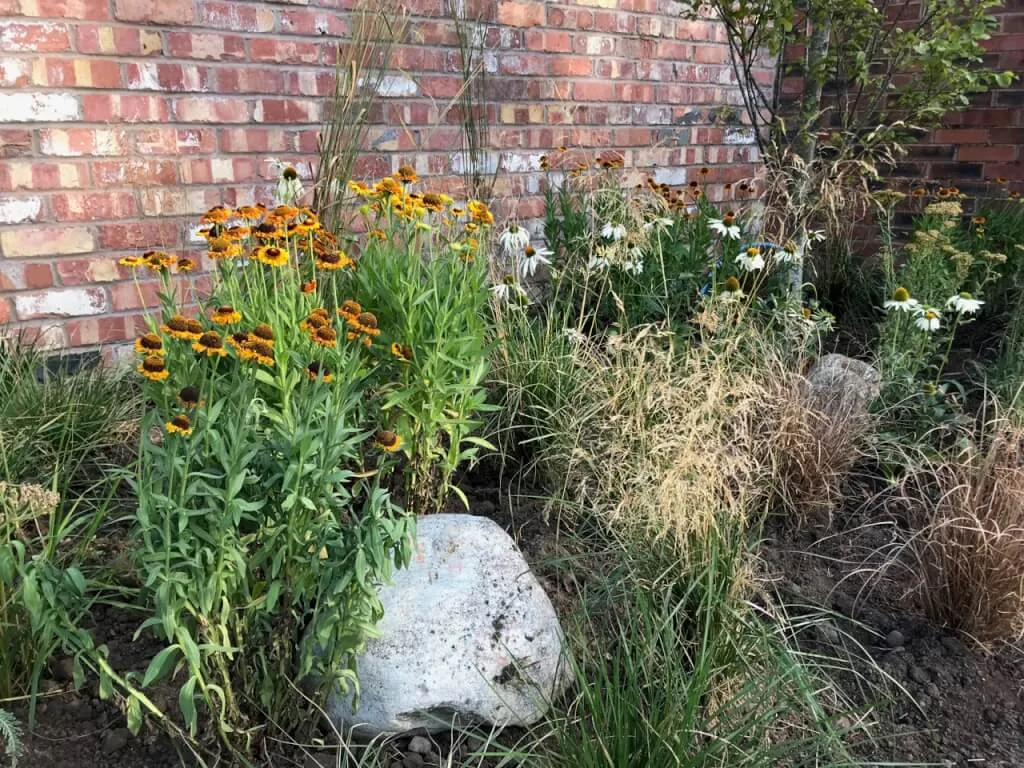
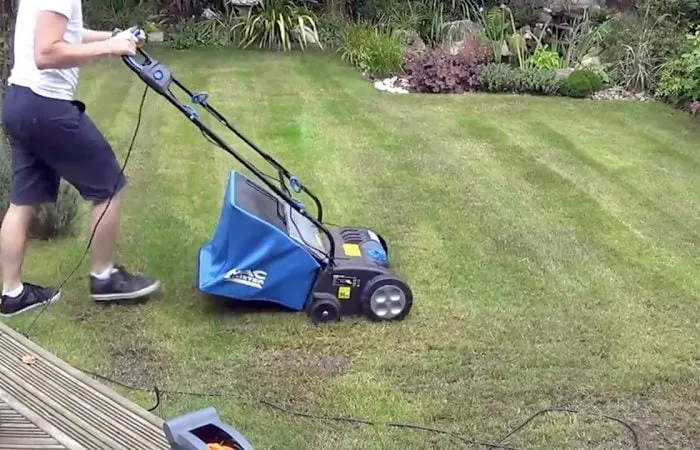
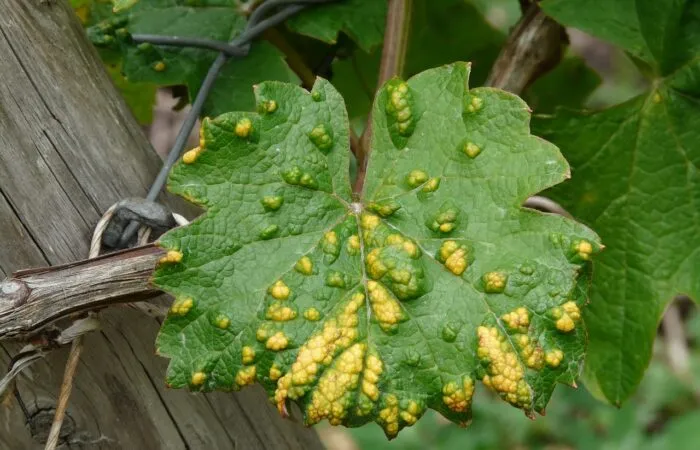

JOIN THE NINJAS

Be the first in line for new Guides, Discount codes and Offers